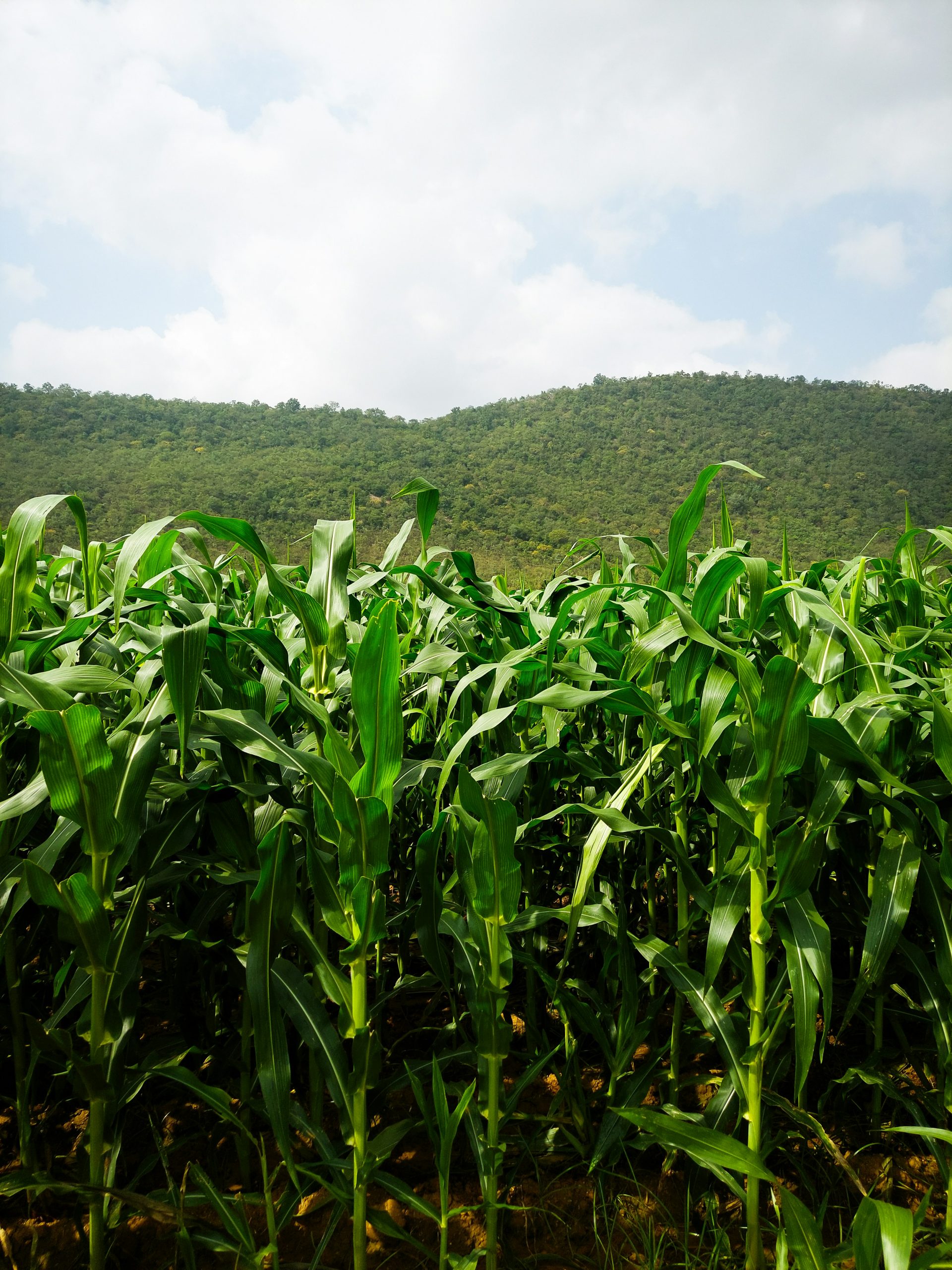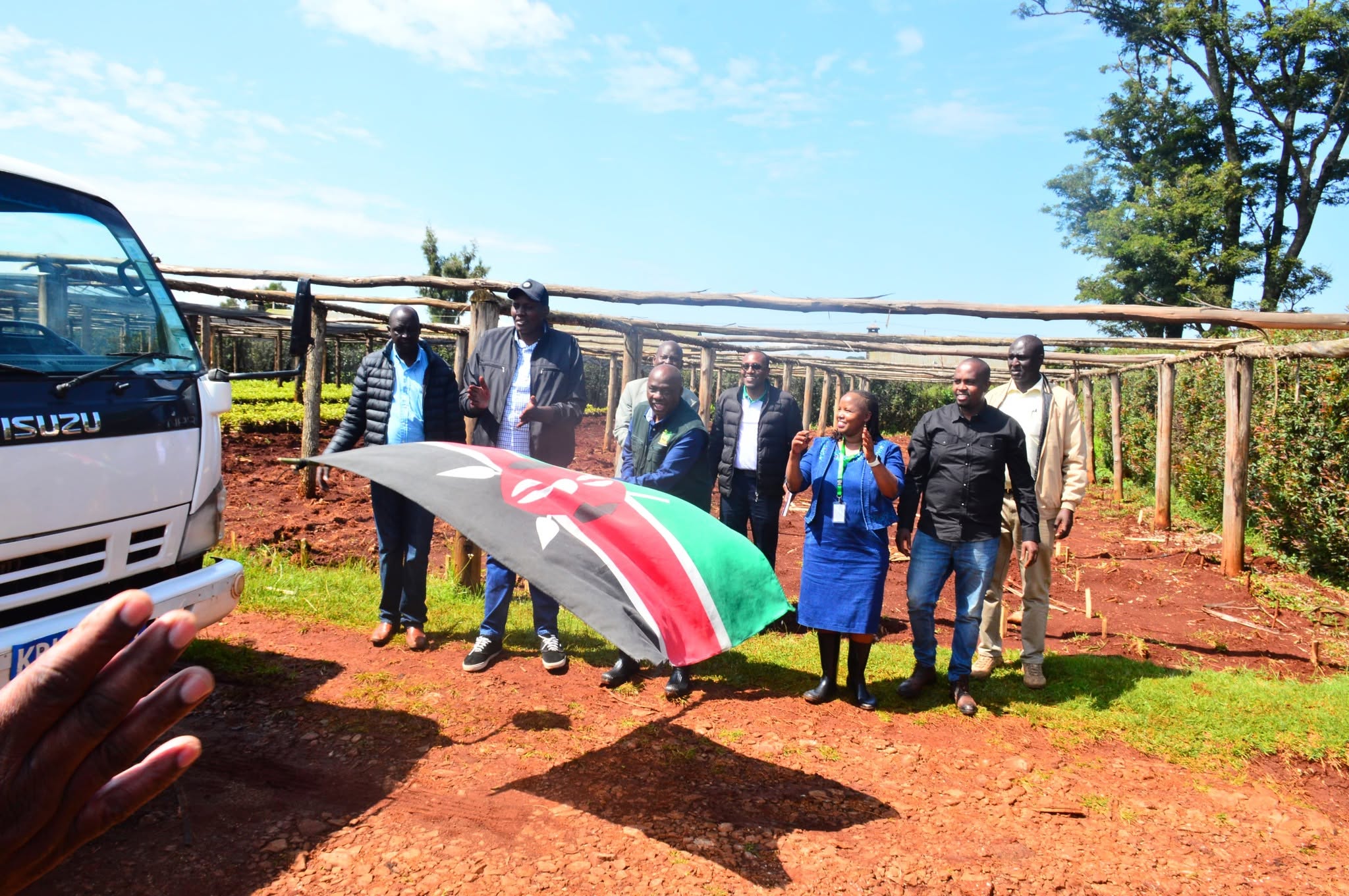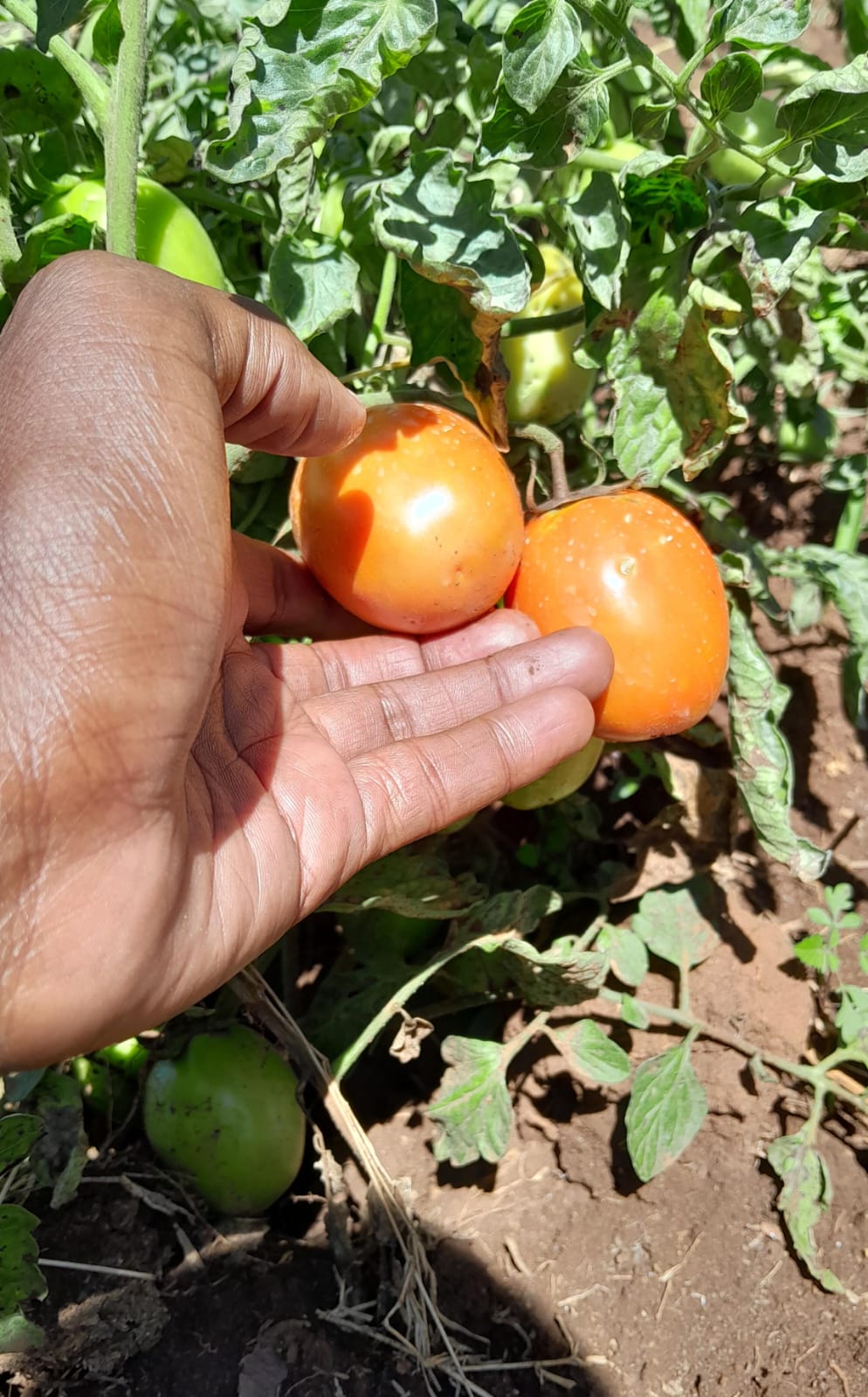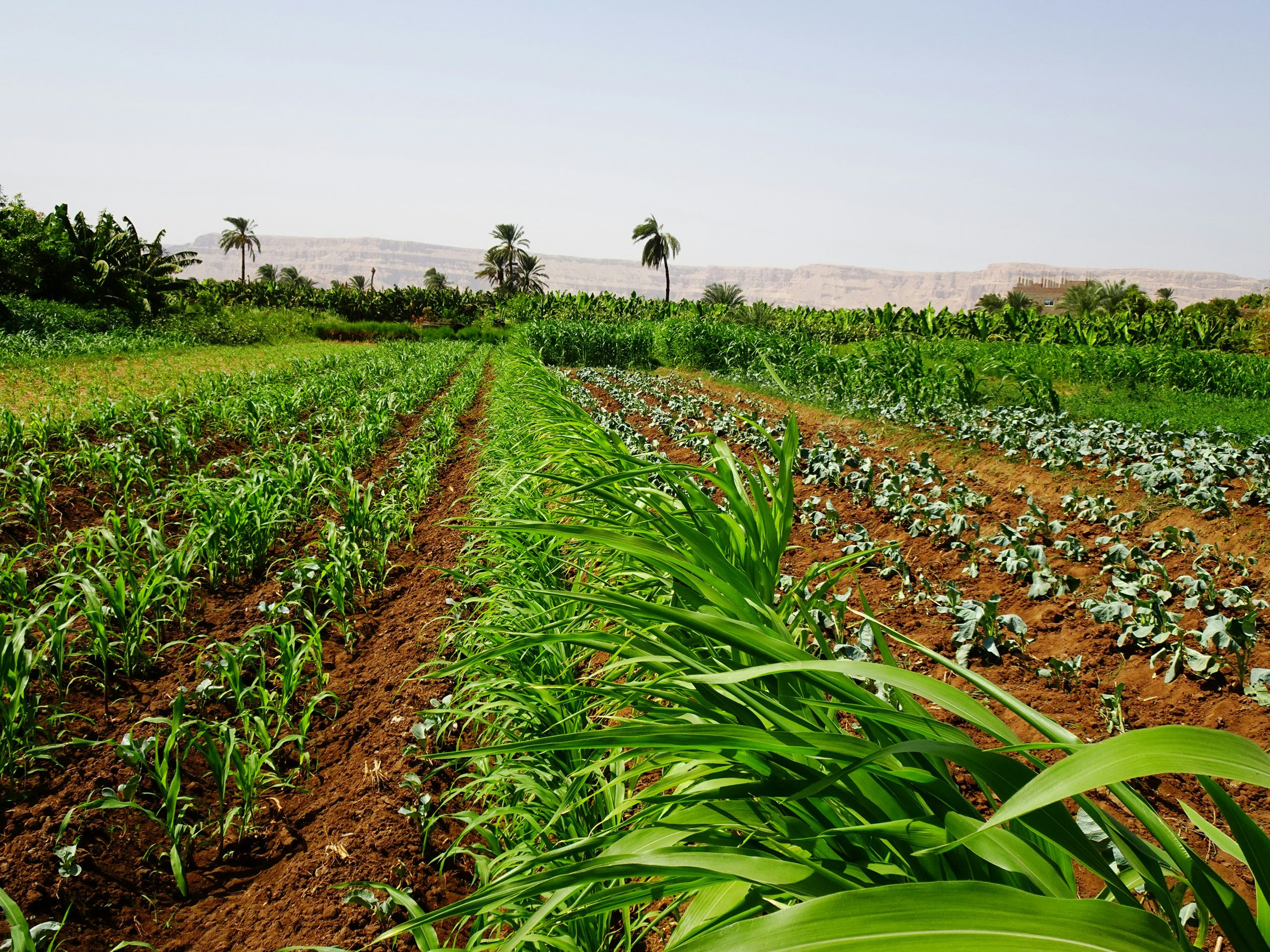If you grew up in the Rift Valley you will agree that maize farming was king in the region. We all had maize farms on each homestead, every April school holiday was spent weeding, every August holiday was when ‘mahindi choma’ or rather roasted maize was every home’s delicacy.

Come December holidays, and you would feel the smell of sun dried maize on tents- hema’s (popularly known as chandarua) on every homestead as it awaits to be packaged and sold. The greatest joy of every kid was to go to the maize fields to collect leftover maize popularly knows as ‘turonik’. This was a treasured tradition and kids would sale the collected maize and buy things like clothes, sweets, shoes etc. Then we had maize cane also known as ‘mopek’, it was a softer version of sugarcane.
Maize was not a crop, it was identity, pride and survival.

Now in 2025, something has changed. And I cannot lie–it is worrying.
Maize farming in the Rift Valley is slowly losing its grip as the region’s most trusted cash crop. Farmers are moving to more lucrative cash crops like sugarcane, horticulture, avocado, coffee, dairy and many more.
The reasons?
To begin with, the rise of climate change has caused the rains in the region to be unpredictable. The long rains no longer come at the right time, and prolonged drought impacts maize in the fields.

In addition, the increased price of maize planting and harvesting offers little profits after waiting for a whole year. Maize farming is only a feasible a profitable venture when done on large scale.
Farm inputs, fertilizer, labor costs are very expensive and most of small scale farmers can no longer afford to farm at the same magnitude that they used to.
Even worse, the government and NCPB late payments have caused the entire hustle to be a discouraging one. Why keep planting bags and bags of maize and wait months to get late payments?

Arguably, the government is more focused on lessening the prices of maize flour for Kenyans and the farmers pay the price when they sale maize bags at lower prices. Maize flour is often a politicking issue and the government tries to keep its price as low as it can go. What about the maize farmers?
The reasons why farmers in Rift Valley are fleeing maize farming is understandable. However, we are grieving the tradition. Maize farming was more than a crop in the Rift, it was heritage.
Can it be saved? Maybe. But, it can only happen when the government policies are changed to favor maize farming. Until then, the maize farming life we all knew, is still slowly fading.






This is a great piece 🧩
Thanks